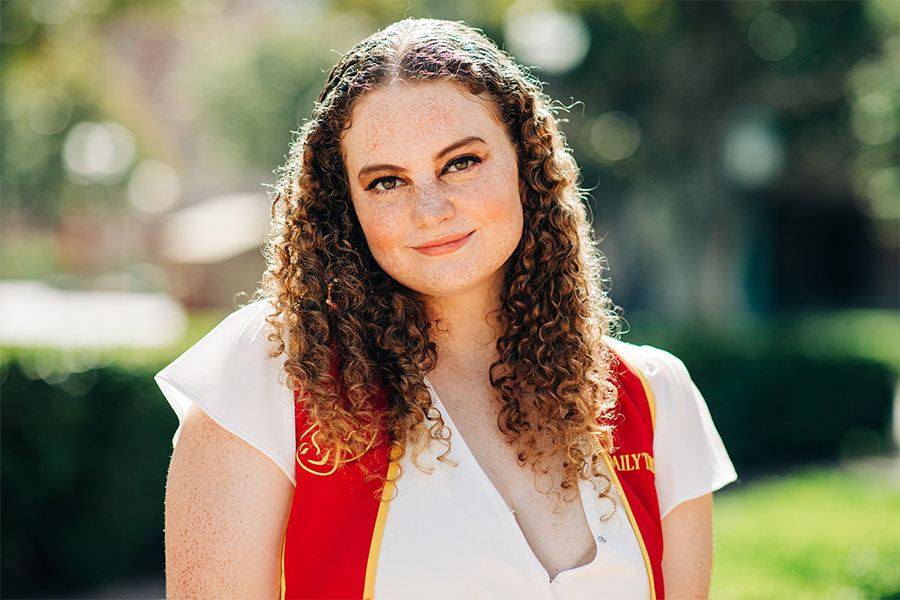
PhD candidate Ellen Murray is exploring magical realism as a mode for stage performances with a goal of finding more flexible or authentic means to stage trauma narratives.
Could magical realism be used to explore traumatic experiences on stage in a more ethical and inclusive manner than standard realism? That is what one Otago PhD candidate is trying to find out.
Ellen Murray, of the School of Performing Arts, says magical realism is a prominent literary mode and genre.
“It’s quite influential in the literary sphere but it’s not as commonly studied or discussed in theatre.”
Ellen is exploring magical realism as a mode for stage performances with a goal of finding more flexible or authentic means to stage trauma narratives.
Moments of magic realism, when being used in a story or stage performance, will occur during an otherwise realistic story.
“Essentially it is like a realism [but] where there are intrusions of the fantastic or the supernatural, but otherwise it’s the real world,” Ellen says.
“Those intrusions seek to challenge but then reaffirm that realism rather than to completely deconstruct it, or like in fantasy, to take it to a completely different world.”
Magical realism presents a conflict and tension, forcing the viewer to contend with the fact they’re looking at something which is presented as a reality and also with an unrealistic element.
Ellen wants to focus on how magical realism could be used in stories that involve trauma because trauma often presents as a disillusion or deconstruction of human perception, just as magical realism deconstructs reality.
“I don’t think standard realism is the most appropriate form to present trauma or to explore trauma.”
She is interested in how magical realism and breaking from reality can be used to explore the symptoms, deconstruction and fragmentation of trauma while reinvesting in the power of the narrative. The narrative could be that of the play but also someone’s internal narrative which has been ruptured by trauma.
She says a lot of contemporary literature features a trauma plot, a trend that started after the United States government recognised post-traumatic stress disorder as an illness - and therefore a viable narrative category.
Since understandings of PTSD and trauma have become well known, storylines which feature a trauma plot have become more and more common, she says.
These narratives feature characters who are being broken down and rebuilt as a result of the trauma they have experienced. and whose character development and personality revolves around trauma as a narrative force.
“So, I’m interested in how we can reconceptualise that and think of how representations of trauma can be more flexible so that you’re showcasing a broader range of traumas. Right now, our idea of trauma is very enmeshed in a western idea of the mind and western ideas of harm.”